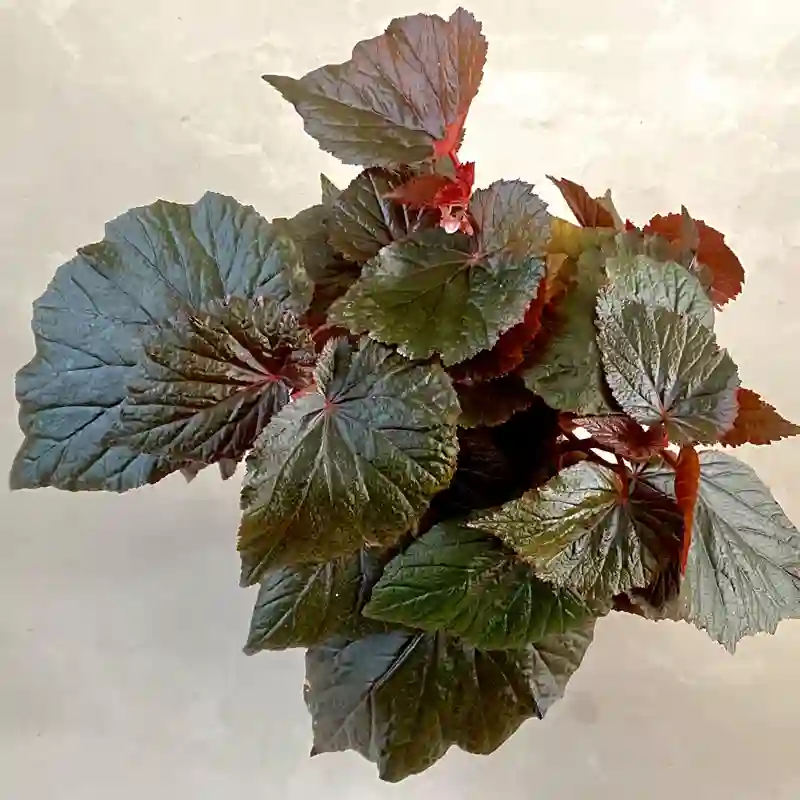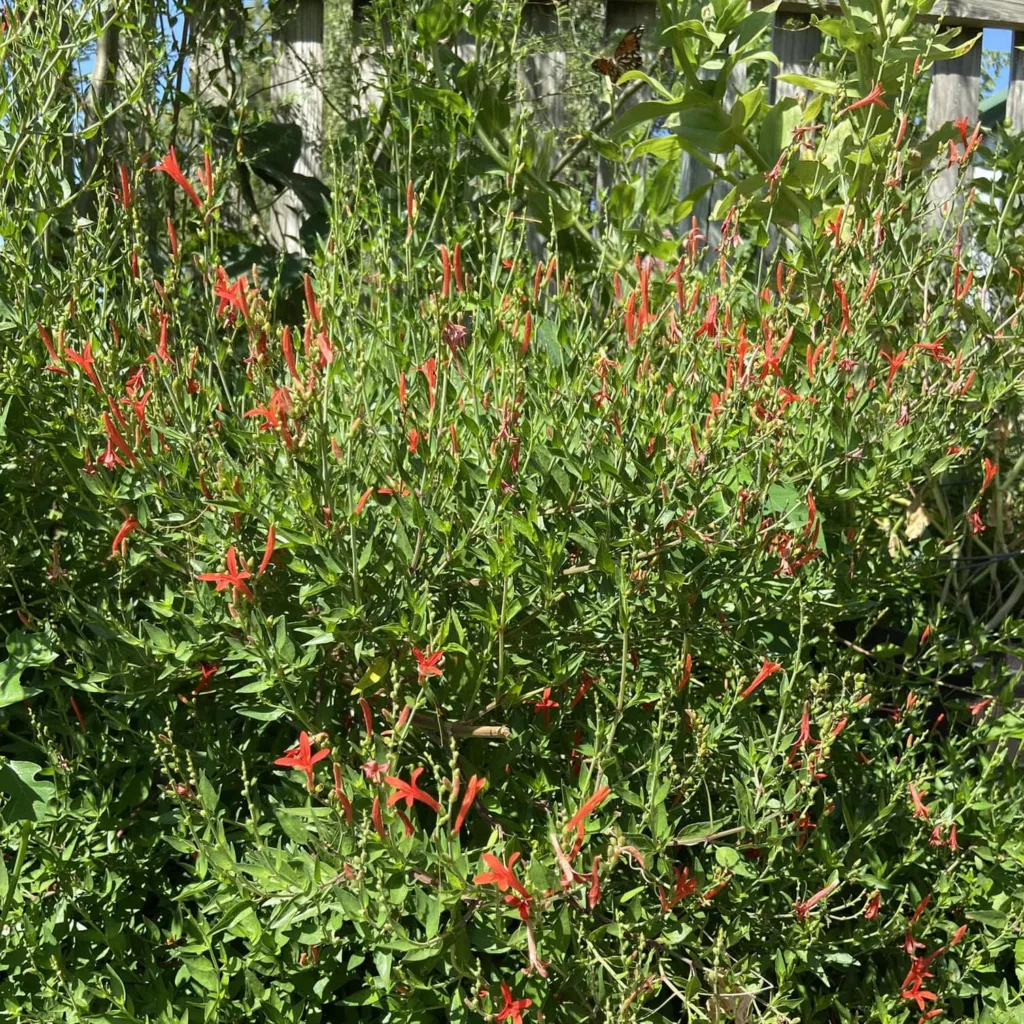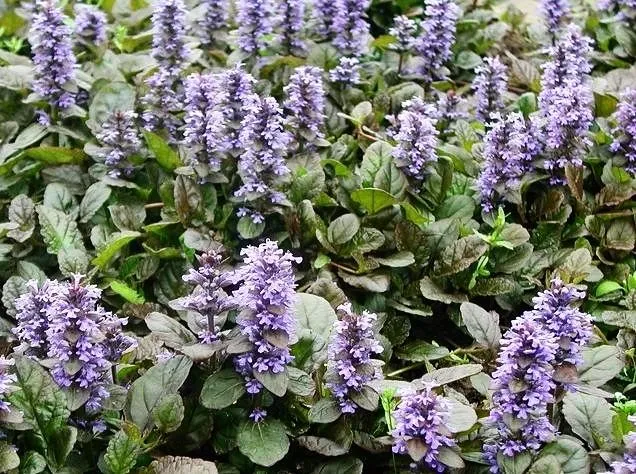All About the Alnus Serrulata: Frequently Asked Questions
Hi there! I’m Ferb Vu, and I’m here to answer your questions about the Alnus Serrulata, a fascinating tree with a multitude of uses. Often referred to as the Smooth Alder, this deciduous shrub native to North America is a valuable addition to many landscapes.
Whether you’re a seasoned gardener or simply curious about this unique plant, this FAQ should provide a comprehensive overview of the Alnus Serrulata.
49 Species in Genus Alnus
What is the Alnus Serrulata?
The Alnus Serrulata is a deciduous tree, meaning it loses its leaves in the fall. Typically, it reaches heights of 8 to 20 feet, though with proper care, it can grow up to 30 feet tall. It has a distinctive multi-trunked form with a densely branched crown, creating a visually interesting silhouette in the winter landscape.
What Does Alnus Serrulata Look Like?
One of the defining characteristics of the Smooth Alder is its leaves. They are bright green, elliptical in shape, with serrated edges – hence the name “Smooth Alder.” In the early spring, before the leaves emerge, the Alnus Serrulata produces clusters of small, wind-pollinated flowers called catkins. These inconspicuous flowers give way to the tree’s most recognizable fruit – woody, cone-like structures that persist throughout winter, adding a decorative touch to bare branches.
Where Does the Alnus Serrulata Grow?
The Smooth Alder thrives in moist environments and is naturally found near streams, lakes, rivers, and wetlands. It prefers acidic to slightly alkaline soil and tolerates full sun to part shade.
What are Alnus Serrulata Growing Conditions?
Here are some key things to consider when planting an Alnus Serrulata:
- Light: Full sun to part shade is ideal.
- Soil: Moist, well-drained soil with a pH ranging from slightly acidic to slightly alkaline (6.8-7.2) is best.
- Water: Regular watering is essential, especially during dry periods.
- Planting: Early spring is the recommended time for planting Alnus Serrulata.
How Does the Alnus Serrulata Benefit the Environment?
The Alnus Serrulata plays a vital role in the ecosystem. Here are some of its environmental benefits:
- Nitrogen Fixation: Like other legumes, the Alnus Serrulata has a symbiotic relationship with nitrogen-fixing bacteria in its root nodules. These bacteria convert atmospheric nitrogen into a usable form, enriching the soil and benefitting nearby plants.
- Erosion Control: The strong root system of the Smooth Alder helps to prevent soil erosion along streambanks and other riparian areas.
- Wildlife Habitat: The Alnus Serrulata provides food and shelter for various wildlife species, including birds, small mammals, and insects.
Can I Plant an Alnus Serrulata in My Yard?
The Alnus Serrulata is a beautiful and adaptable tree that can thrive in many landscapes. However, there are a few things to consider before planting one in your yard:
- Size: Mature Alnus Serrulata trees can reach a height of 20 to 30 feet and a width of 15 to 20 feet. Ensure you have sufficient space to accommodate its growth.
- Moisture Needs: This tree requires consistently moist soil. If you have dry soil conditions, you may need to provide regular irrigation.
- Potential for Suckering: The Alnus Serrulata reproduces through suckers, which are shoots that emerge from the roots. If this is undesirable, be prepared to prune them regularly.
How Do I Care for an Alnus Serrulata?
Caring for an Alnus Serrulata is relatively straightforward. Here’s a basic guide:
- Watering: Water your Alnus Serrulata regularly, especially during the first few years after planting and during dry periods. Aim to keep the soil consistently moist but not waterlogged.
- Pruning: Regular pruning can help maintain the desired size and shape of your Alnus Serrulata. Prune in late winter or early spring before new growth emerges.
- Fertilization: Generally, the Alnus Serrulata does not require fertilization, especially if planted in nitrogen-rich soil. However, if the tree shows signs of nutrient deficiency, a balanced fertilizer can be applied in early spring.
What are Some Common Pests and Diseases that Affect the Alnus Serrulata?
The Alnus Serrulata is a relatively pest and disease-resistant tree. However, it can be susceptible to a few issues, including:
- Aphids: These small, sap-sucking insects can cause leaves to curl and discolor. Treat infestations with insecticidal soap or neem oil.
- Leaf Spot: This fungal disease causes brown spots to appear on the leaves. Improve air circulation and remove infected leaves to manage this issue.
- Eastern Tent Caterpillar: These caterpillars can defoliate the tree. Handpick caterpillars or apply Bacillus thuringiensis (Bt) to control infestations.
How Does the Alnus Serrulata Compare to Other Alder Species?
There are several other species of Alder trees, each with its own unique characteristics. Here’s a brief comparison of the Alnus Serrulata (Smooth Alder) to two common varieties:
- Alnus Glutinosa (European Alder): This species is similar to the Smooth Alder but can grow taller (up to 60 feet) and prefers wetter soils. It has glossy green leaves and produces larger catkins.
- Alnus Incana (Gray Alder): The Gray Alder is a smaller species, typically reaching only 20 to 30 feet in height. It has a silvery-white underside to its leaves, giving it a distinct appearance. This species tolerates drier soils than the Smooth Alder.
Conclusion
The Alnus Serrulata, or Smooth Alder, is a valuable addition to many landscapes. Its attractive form, environmental benefits, and adaptability make it a popular choice for gardeners. By understanding its needs and providing proper care, you can enjoy this beautiful tree for many years to come.
If i die, water my plants!



